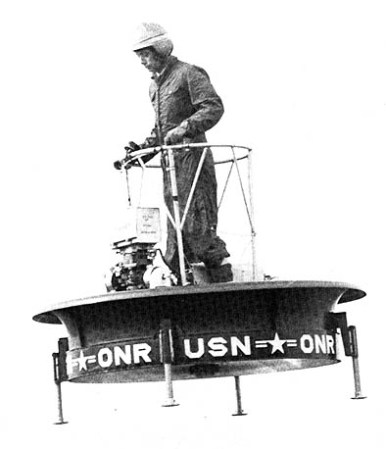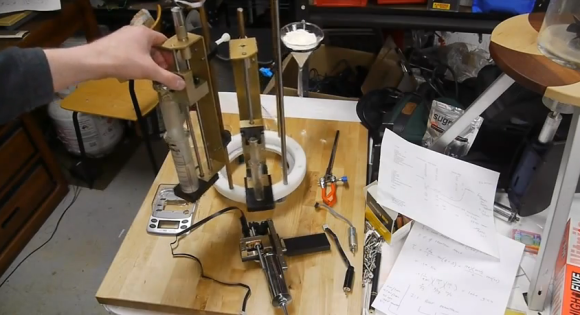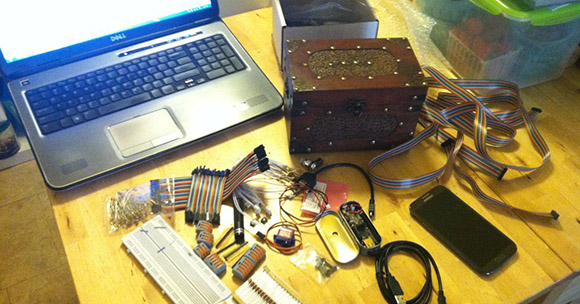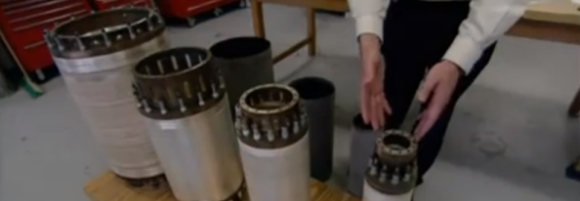
If you’re looking for a way to let the kids get hand-ons with science this is a perfect example of how to do it. [Erich] wanted to help out with his 7-year-old’s science project. They decided to build a working model of a steam engine but couldn’t find online instructions appropriate for the age group. So the two of them not only pulled off the build, but then they wrote a guide for others to follow. The thing about it is, you really have to understand a concept to teach it to someone else. So we think the write-up is equally important to having actually done the experiment.
Steam can scald you if you’re not careful. But you don’t really need steam to explore the concepts of a steam engine. The main reason to use steam is that it’s a fairly rudimentary way to build pressure which can be converted to motion. For this demonstration the blue balloon provides that pressure. It’s feeding a reservoir that connects to the valve built out of straws. A plastic piston inside pushes against the crank shaft, spinning the cardboard wheel on the left. When the piston travels past the valve opening it releases the air pressure until the machine makes a revolution and is in place for the next push. This is well demonstrated in the clip after the break.
Continue reading “Second Grade Science Project: A Steam Engine”





















